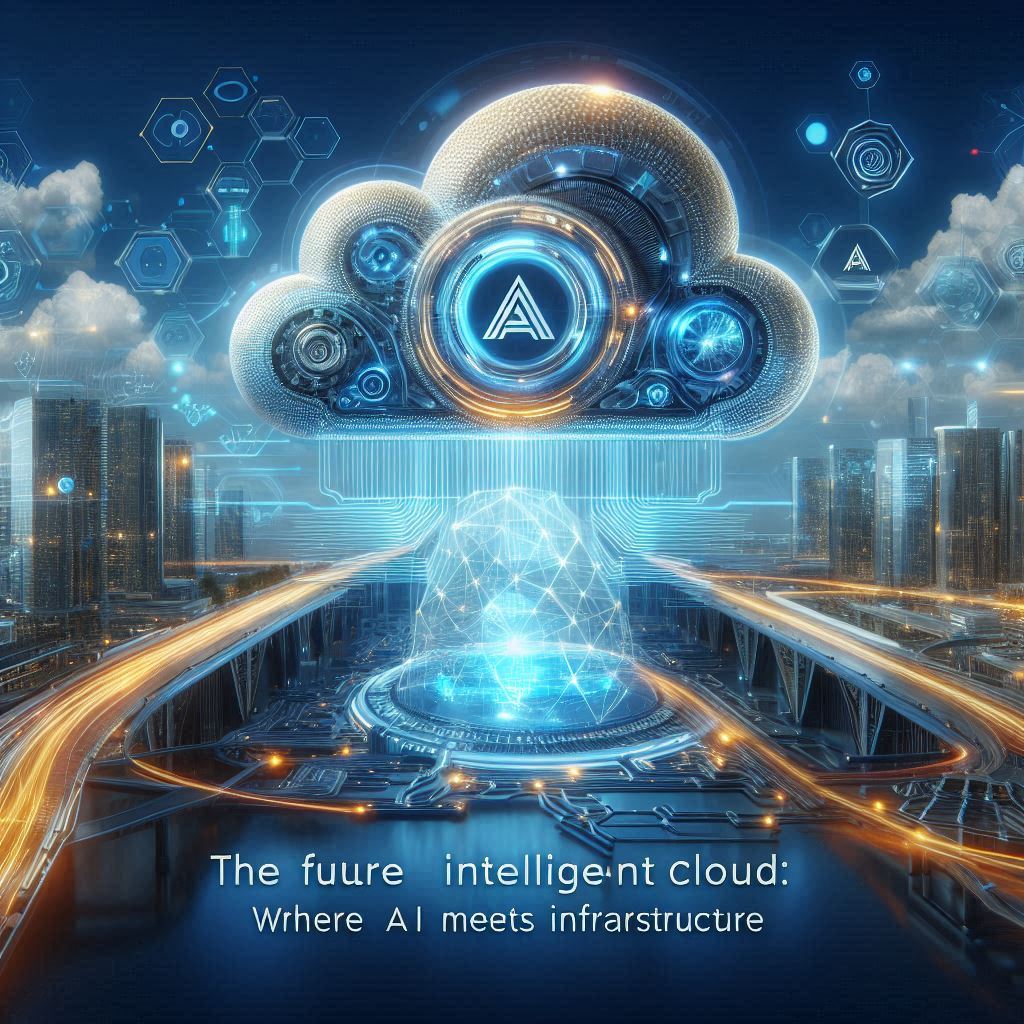In a world increasingly driven by data, businesses in 2025 are making a strategic shift—moving from mere data collection to meaningful decision-making. This transformation is largely powered by the evolution of cloud infrastructure. The ability to process, analyze, and act upon vast amounts of data in real-time is no longer a futuristic concept; it is a fundamental necessity. Companies that once relied on static reports are now leveraging dynamic AI models hosted in the cloud to predict trends, mitigate risks, and optimize performance with remarkable precision.
The Rise of Cloud-Powered AI: A Snapshot
As of 2025, over 94% of enterprises are using cloud services in some form, with 67% adopting AI-driven analytics integrated into their cloud platforms, according to Flexera’s annual State of the Cloud Report. These numbers highlight the rapid acceleration from traditional IT environments to intelligent, scalable cloud ecosystems.
The shift is not only about storage or computing power; it’s about agility. Businesses need to ingest real-time data, draw insights quickly, and adapt. The cloud provides the necessary environment to deploy AI models that learn, iterate, and evolve—bringing the future of data-driven decisions into the present.
Lessons from the Past
Looking back just a decade ago, the reliance on on-premise infrastructure often meant high capital expenditure, limited scalability, and siloed data. AI tools were underutilized due to hardware limitations and complex integration processes. Even large enterprises found it challenging to derive actionable insights from their data, often relying on retrospective analysis that offered limited value in fast-moving markets.
Fast forward to today, cloud infrastructure offers elastic computing resources that adjust based on the volume and complexity of AI workloads. This flexibility means that companies of all sizes can experiment with machine learning models without the burden of maintaining costly infrastructure.
Real-World Applications
Several industries are already seeing substantial benefits from integrating AI with cloud computing:
- Retail: Predictive analytics models hosted on cloud platforms help retailers forecast demand, manage supply chains, and personalize customer experiences. Walmart, for instance, utilizes AI to optimize inventory based on real-time sales and seasonal trends.
- Healthcare: Hospitals are using AI to process massive datasets of patient records, imaging scans, and lab results. The cloud enables seamless collaboration between departments and even across institutions, speeding up diagnoses and improving outcomes.
- Finance: Banks use AI-powered cloud tools to detect fraud, evaluate credit risk, and personalize banking experiences. According to Deloitte, 83% of financial services firms in 2025 report improved risk mitigation as a result of their AI-cloud initiatives.
Cost Efficiency and Scalability
One of the key advantages of cloud infrastructure is its pay-as-you-go model. Companies no longer need to invest heavily upfront in servers or high-end GPUs. Instead, they can tap into platforms like AWS, Google Cloud, or Microsoft Azure, choosing services tailored to their workloads.
Moreover, scalability is a game-changer. AI models often require extensive resources for training, especially when dealing with large datasets. The cloud makes it possible to scale up resources during intensive computation periods and scale down afterward, ensuring efficiency and cost-effectiveness.
Future-Proofing with Edge and Hybrid Models
The future of AI and cloud is heading toward hybrid and edge computing. Organizations are increasingly blending on-premise systems with cloud solutions to meet data residency requirements or ensure lower latency. Edge computing allows AI models to process data closer to the source, which is particularly valuable in industries like manufacturing or logistics where real-time feedback is crucial.
IDC predicts that by the end of 2025, 50% of enterprise infrastructure will include edge computing components, bridging the gap between cloud intelligence and on-ground action.
Final Thoughts
The evolution from raw data to smart decisions has never been more seamless or more impactful. Cloud infrastructure has not only democratized access to AI but also empowered organizations to act with speed and precision. While the past was defined by limitations and lag, the future lies in agility and intelligence.
As we navigate this data-centric era, the combination of cloud and AI doesn’t just represent a technological upgrade—it signals a strategic revolution. For organizations aiming to thrive in 2025 and beyond, embracing this transformation is no longer optional; it is essential.






